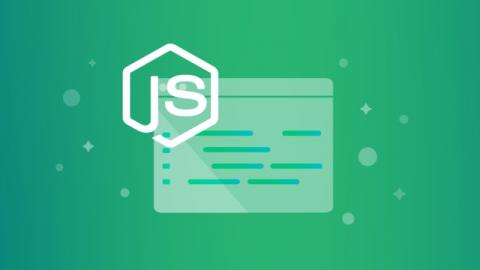Hunting intent-based Android security vulnerabilities with Snyk Code
In our previous blog, we explored the nature of intent-based Android security vulnerabilities. Now we’re going to dive into how we performed our security analysis on apps in the Google Play Store with Snyk Code.











